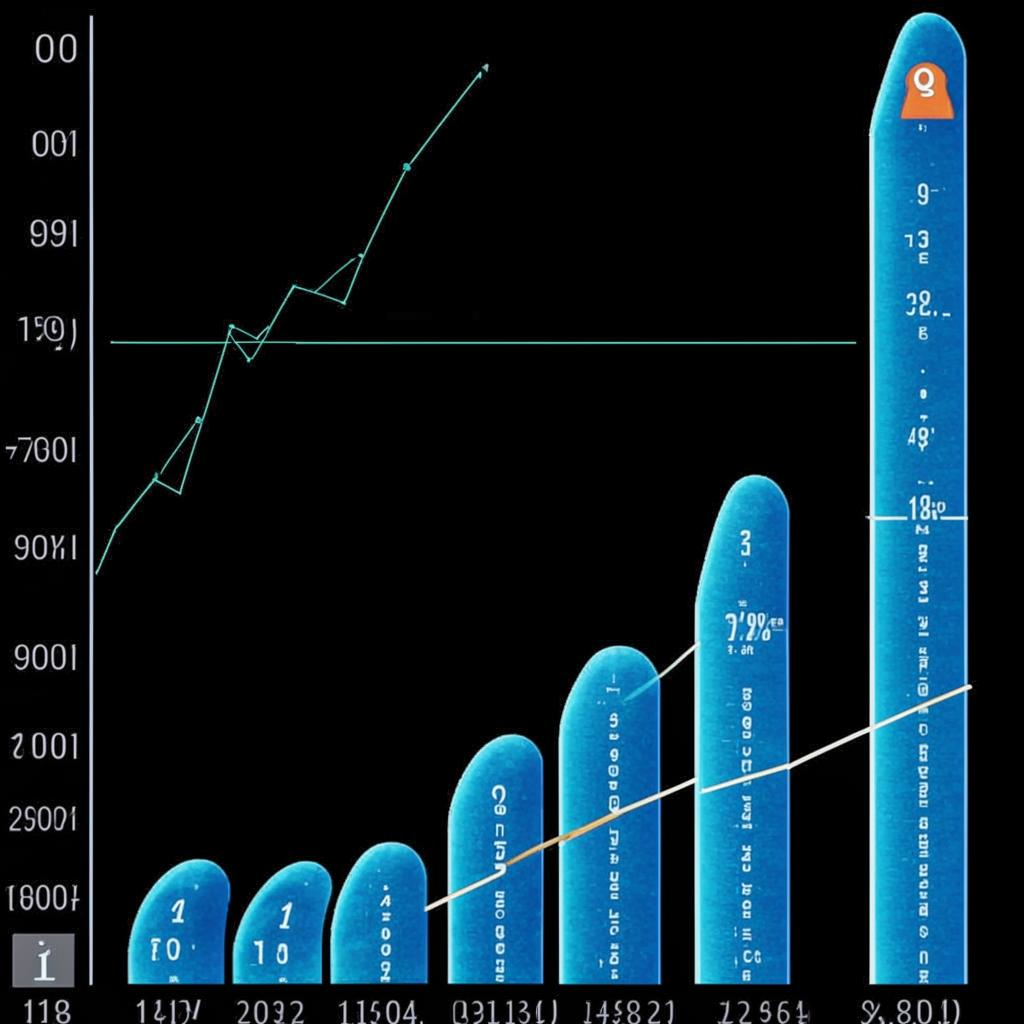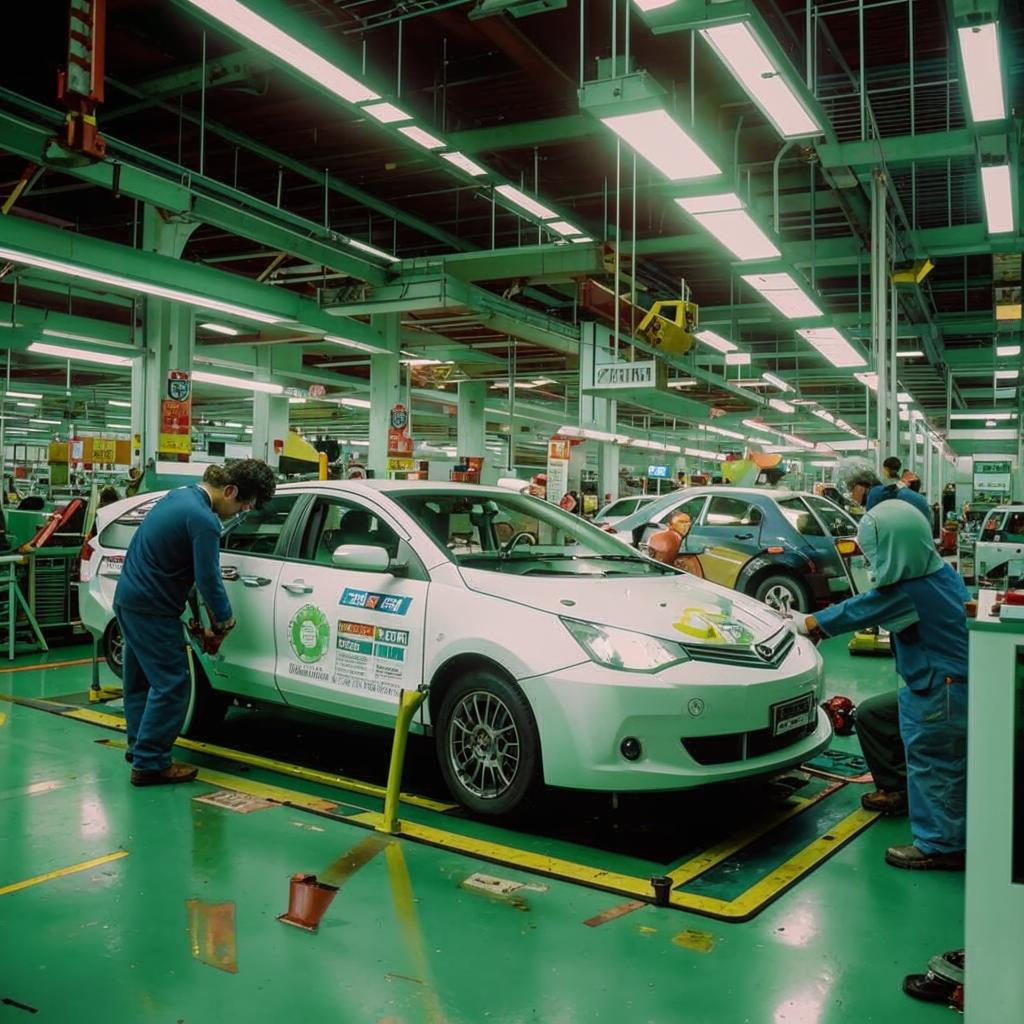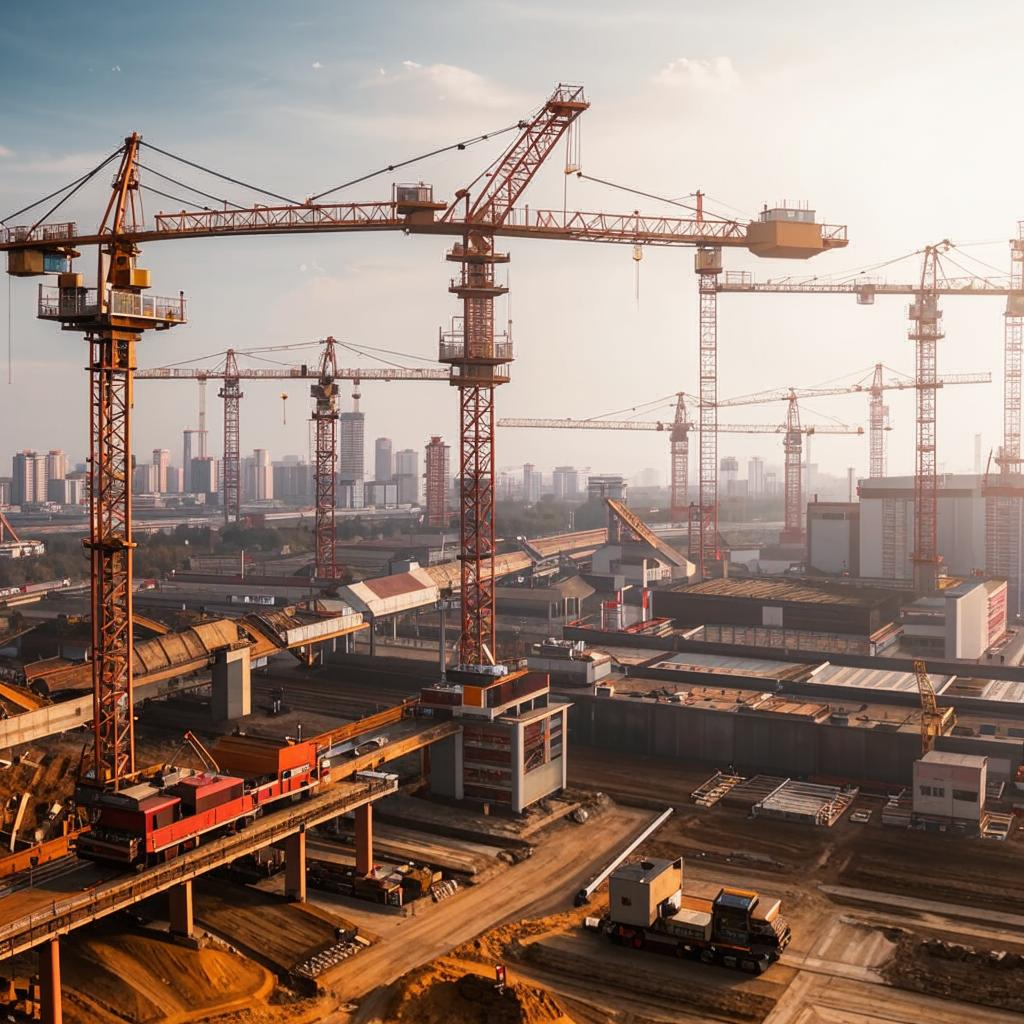Article:
Geopolitical instability is forcing companies to re-evaluate and fortify their global supply chains. The increased risk of disruptions requires a shift from just-in-time efficiency to resilience and redundancy.
Companies are now diversifying their sourcing, moving away from single-country dependence and exploring alternative suppliers in different regions. Nearshoring and reshoring initiatives are gaining traction, bringing production closer to home markets to reduce reliance on distant supply lines.
Technology plays a crucial role. Businesses are investing in supply chain visibility tools that provide real-time data on inventory levels, potential bottlenecks, and risk factors. AI and machine learning are used to predict disruptions and optimize logistics.
Building stronger relationships with suppliers is also paramount. Collaborative partnerships enable better communication and coordination, allowing for quicker responses to unexpected events.
Furthermore, companies are increasing their inventory buffers, a departure from lean manufacturing principles. While holding more inventory increases costs, it provides a safety net against supply chain shocks.
These strategies allow businesses to anticipate and mitigate the impact of geopolitical tensions, natural disasters, and other unforeseen circumstances. Companies prioritizing resilience are better positioned to maintain operations, meet customer demands, and gain a competitive edge in an increasingly volatile global environment. They are fortifying their systems to cope with disruptions, thereby safeguarding both short-term revenue and long-term goals.Finishtit















